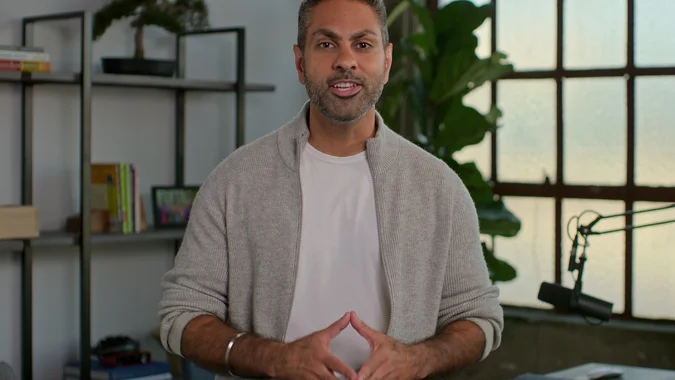The Millionaires’ Guide to a Simplified and Prosperous Life
In a world where financial advice often seems as complex as the markets themselves, there’s a breath of fresh air in the form of a straightforward strategy used by the millionaires I admire most.
They track just four numbers to manage their wealth. That’s right, only four. This minimalist approach not only simplifies financial planning but proves to be incredibly effective.
Below you can watch the video from Ramit Sethi where he breaks everything in great detail.
Let’s explore these four pivotal numbers and how you can leverage them to spend less than an hour per month on your finances while still paving the way to financial freedom.
You can pick up Ramit’s best selling book “I Will Teach You To Be Rich” Here
Fixed Costs: The Cornerstone of Financial Stability
Fixed costs are the non-negotiables of your budget, comprising essentials like housing, utilities, transportation, groceries, debt payments, and subscriptions. Keeping these expenses within 50 to 60% of your take-home pay is crucial. Why? Because if they exceed this range, saving and investing become Herculean tasks, and financial stress becomes a constant companion.
But how can you ensure your fixed costs don’t overrun your finances? Start by evaluating your big-ticket expenses — housing and transportation. These are often the culprits of inflated fixed costs. Housing should ideally not exceed 28% of your gross income, a benchmark that can be adjusted slightly in high-cost living areas. For cars, look beyond the monthly payment to consider all associated costs, aiming to keep your transportation spending in check.
Long-Term Investments: The Engine of Wealth Creation
Investing is where the magic of compounding works its wonders, transforming modest savings into significant wealth over time. Allocating at least 10% of your take-home pay towards investments, such as a 401(k) or Roth IRA, is the recommended starting point. The power of early and consistent investment cannot be overstated, as illustrated by comparing the investment journeys of Savvy Sally and Naive Noah. Sally, who starts investing earlier, ends up with significantly more than Noah, who delays. This demonstrates the profound impact of compounding and the importance of starting your investment journey as soon as possible.
Savings Goals: Securing Your Future
Savings should represent 5 to 10% of your take-home pay, earmarked for short to medium-term goals, from vacations to down payments for a home. An essential component of this category is the emergency fund, designed to cover 3 to 6 months of expenses, providing a financial buffer against unforeseen circumstances. Prioritizing the accumulation of this fund is key to financial resilience.
Guilt-Free Spending: The Reward of Financial Discipline
After addressing your essentials, investments, and savings, what remains is your guilt-free spending money. This is the portion of your income that can be spent on anything that brings you joy, without the shadow of guilt. Striking the right balance here is crucial; while overspending can derail your financial goals, underspending can diminish the quality of life. Aim for 20 to 35% of your take-home pay in this category, allowing yourself to enjoy the fruits of your labor while maintaining financial health.
You can pick up Ramit’s best selling book “I Will Teach You To Be Rich” Here
Embracing this simplified approach to financial management can transform your relationship with money. By focusing on these four key numbers, you can achieve a balanced, fulfilling financial life, characterized by stability, growth, and enjoyment. Remember, the essence of financial planning is not in tracking every penny but in understanding and managing the numbers that truly matter.
